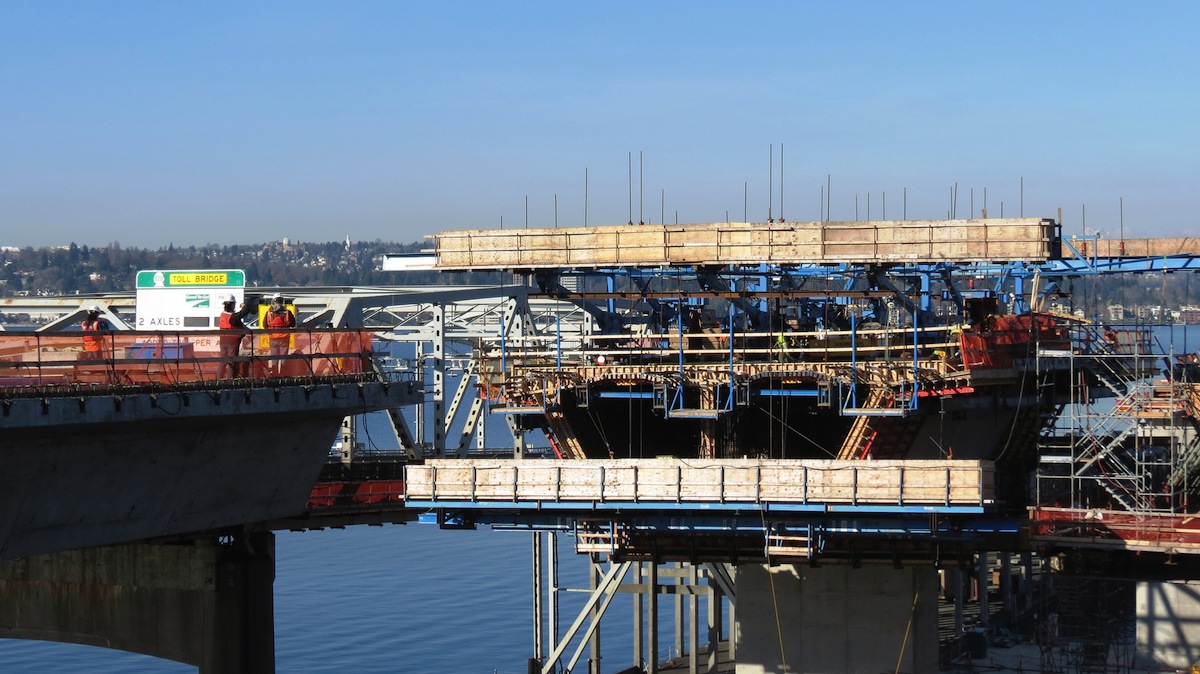Nonresidential construction spending fell in September for the first time in eight months, the U.S. Census Bureau reported, but the monthly drop in spending is not a cause for concern according to analysis by Associated Builders and Contractors (ABC). Nonresidential construction spending fell by 0.1% from August, totaling $692.8 billion on a seasonally adjusted annualized basis.
September's year-over-year increase of 12.4% is the largest increase since April 2008. After falling in two consecutive months, public nonresidential construction spending grew by 0.7% in September while private sector construction spending fell by 0.7% for the month.
"The last several months have generally been associated with sizable increases in nonresidential construction," said ABC Chief Economist Anirban Basu. "Today's release, while not particularly upbeat, does not alter the fact that nonresidential construction spending continues to recover and that most contractors are busier than they were a year ago.
"Although there are many potential forces at work that resulted September's monthly construction spending decline, most are not alarming. With construction materials prices falling, contractors may be able to offer somewhat lower prices for their services, helping to suppress growth in construction value put in place. It is also conceivable that some construction work is being slowed by an ongoing lack of available skilled personnel. This factor has certainly helped to slow residential construction, and it seems reasonable to presume that some nonresidential contractors would face similar issues.

Seven nonresidential construction sectors experienced spending increases in September on a monthly basis:
- Educational-related spending expanded by 2% for the month and 11.5% for the year.
- Spending in the religious category grew by 5.6% on a monthly basis and 0.8% year-over-year.
- Amusement and transportation-related spending rose by 0.2% from August and 30.6% from September of last year.
- Transportation-related spending expanded by 1.6% from a month ago and 10.2% from a year ago.
- Highway and street-related construction spending inched 0.3% higher for the month and is up 10% from the same time last year.
- Sewage and waste disposal-related spending rose by 1.1% from August and 12.9% from September of last year.
- Spending in the water supply category gained 4.3% from the previous month and 5.6% on a year-ago basis.
Spending in nine nonresidential construction subsectors fell in September on a monthly basis:
- Spending in the lodging category fell by 0.7% for the month but is up 32.8% from September 2014.
- Office-related spending dipped 0.4% from August but is 19.3% higher than at the same time last year.
- Spending in the commercial category fell by 1.1% on a monthly basis and by 2% on a yearly basis.
- Health care-related spending inched 0.1% lower for the month but is up 9% on a year-ago basis.
- Public safety-related spending fell 3% month-over-month and 4.8% year-over-year.
- Spending in the communication-category declined 2.7% from August but is up 10.2% from the same time last year.
- Power-related construction spending fell 1.7% on a monthly basis but expanded 1.9% over the previous twelve months.
- Conservation and development-related spending lost 6% for the month but is still 1.6% higher than at the same time last year.
- Manufacturing related spending fell 0.4% for the month but is still up 41.3% from September 2014.
To view the previous spending report, click here.
Related Stories
| May 18, 2011
8 Tips for Designing Wood Trusses
Successful metal-plate-connected wood truss projects require careful attention to detail from Building Team members.
| May 18, 2011
Major Trends in University Residence Halls
They’re not ‘dorms’ anymore. Today’s collegiate housing facilities are lively, state-of-the-art, and green—and a growing sector for Building Teams to explore.
| May 18, 2011
Former Bronx railyard redeveloped as shared education campus
Four schools find strength in numbers at the new 2,310-student Mott Haven Campus in New York City. The schools—three high schools and a K-4 elementary school—coexist on the 6.5-acre South Bronx campus, which was once a railyard.
| May 18, 2011
Eco-friendly San Antonio school combines history and sustainability
The 113,000-sf Rolling Meadows Elementary School in San Antonio is the Judson Independent School District’s first sustainable facility, with green features such as vented roofs for rainwater collection and regionally sourced materials.
| May 18, 2011
New Reform Jewish Independent school opens outside Boston
The Rashi School, one of only 17 Reform Jewish independent schools in North American and Israel, opened a new $30 million facility on a 166-acre campus shared with the Hebrew SeniorLife community on the Charles River in Dedham, Mass.
| May 18, 2011
Lab personnel find comfort in former Winchester gun factory
The former Winchester Repeating Arms Factory in New Haven, Conn., is the new home of PepsiCo’s Biology Innovation Research Laboratory.
| May 18, 2011
Addition provides new school for pre-K and special-needs kids outside Chicago
Perkins+Will, Chicago, designed the Early Learning Center, a $9 million, 37,000-sf addition to Barrington Middle School in Barrington, Ill., to create an easily accessible and safe learning environment for pre-kindergarten and special-needs students.
| May 18, 2011
Raphael Viñoly’s serpentine-shaped building snakes up San Francisco hillside
The hillside location for the Ray and Dagmar Dolby Regeneration Medicine building at the University of California, San Francisco, presented a challenge to the Building Team of Raphael Viñoly, SmithGroup, DPR Construction, and Forell/Elsesser Engineers. The 660-foot-long serpentine-shaped building sits on a structural framework 40 to 70 feet off the ground to accommodate the hillside’s steep 60-degree slope.
| May 18, 2011
New center provides home to medical specialties
Construction has begun on the 150,000-sf Medical Arts Pavilion at the University Medical Center in Princeton, N.J.

















